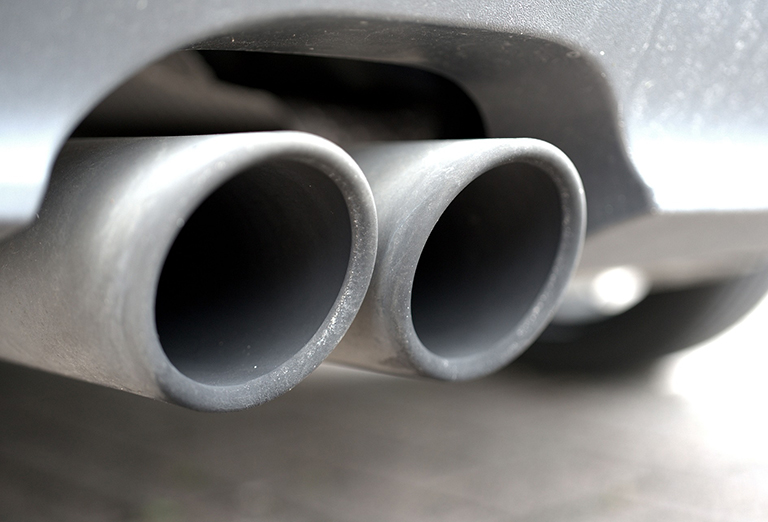How you drive is more important than what you drive

“Your driving style is the most important thing. A well-driven Range Rover is more efficient than a badly-driven Toyota Prius!”
If I had a penny for the number of times I’ve said that, I’d be writing this post from an end-terrace house in a decent area of Exeter. I say it a lot, but do you know how many pennies it would take to get a mansion in the Bahamas?
Regardless, it’s an aphorism we find ourselves constantly repeating at Lightfoot. Mark even said it on Sky News.
So, is it actually true?
The cost of upgrading
One of the biggest reasons a newer, more efficient car isn’t as great an idea as it first seems is because of the significant carbon cost of manufacturing it.
It is estimated that making the average medium-sized car will create 17t of CO2e – that’s enough to heat and power the average UK home for more than four years.
If you are buying a new car because it will reduce your carbon footprint, it is worth noting that you are starting pretty significantly in the red due to the cost of manufacturing it in the first place.
The numbers behind it
Even if you buy a car that is twice as efficient as the one you’re replacing, it’s going to take a long time for it to produce a net benefit in emissions. Let’s put this into numbers.
The average new car produces 118.5g of CO2 per km driven and the average driver travels 11,481km per year.
Leave the calculator in your Ben 10 pencil case and rest easy – the maths has already been done.
That new, super-efficient car will produce 1.36t of CO2 every year you drive it.
Still with me? Smashing. Let’s have a look at the emissions from your old car.
We’ll stick with the assumption that the car you already own is half as efficient as that shiny new, all-singing, all-dancing one. That means it’ll produce 2.72t of CO2 a year.
The value of a better driving style
On paper, it makes a lot of sense. For every year you drive the new car, you’ll produce half the emissions compared to you driving your old one. How green!
Factor in the carbon cost of producing that bells-and-whistles motor, though, and that green glow you were basking in starts to feel more like nausea.
So, what happens if you adjust your driving style in the car you already own to be smarter, smoother, and more efficient?
Fit your car with Lightfoot, change your driving style, and you can reduce its emissions by as much as 20%. For the sake of fairness (and modesty), let’s say 15%. That means a pretty major saving of 400kg of CO2, bringing its total emissions for a year’s worth of driving down to 2.31t. Nice work.
In fact, once you account for the carbon cost of manufacturing a new car, it’ll take 15 years for you to see a net reduction in your emissions compared to adopting a smoother driving style in your old car. I’ve even made a table to show you.
| New car | Old car with Lightfoot2 |
|
| Year 1 | 18.15t | 2.31t |
| Y2 | 19.3 | 4.62 |
| Y3 | 20.45 | 6.93 |
| Y4 | 21.6 | 9.24 |
| Y5 | 22.75 | 11.55 |
| Y6 | 23.9 | 13.86 |
| Y7 | 25.05 | 16.17 |
| Y8 | 26.2 | 18.48 |
| Y9 | 27.35 | 20.79 |
| Y10 | 28.5 | 23.1 |
| Y11 | 29.65 | 25.41 |
| Y12 | 30.8 | 27.72 |
| Y13 | 31.95 | 30.03 |
| Y14 | 33.1 | 32.34 |
| Y15 | 34.25 | 34.65 |
So, even if you’re upgrading to the greenest, leanest automobile going… Your old car will always be the greener option – especially if you change your driving style by driving with Lightfoot.
